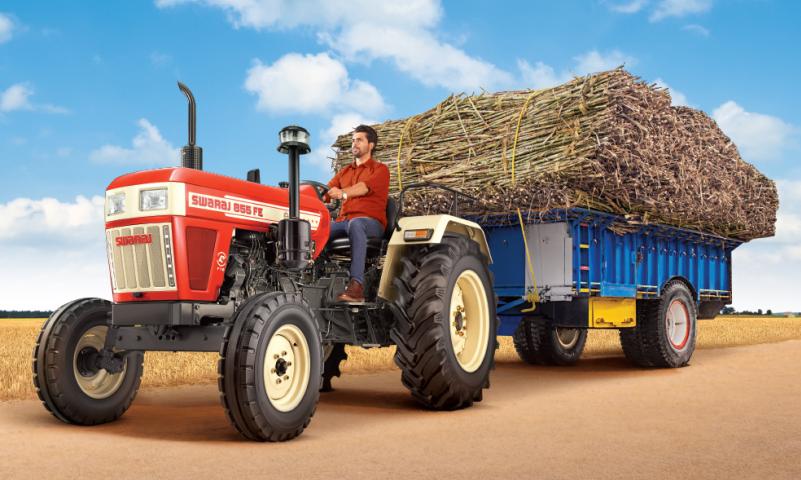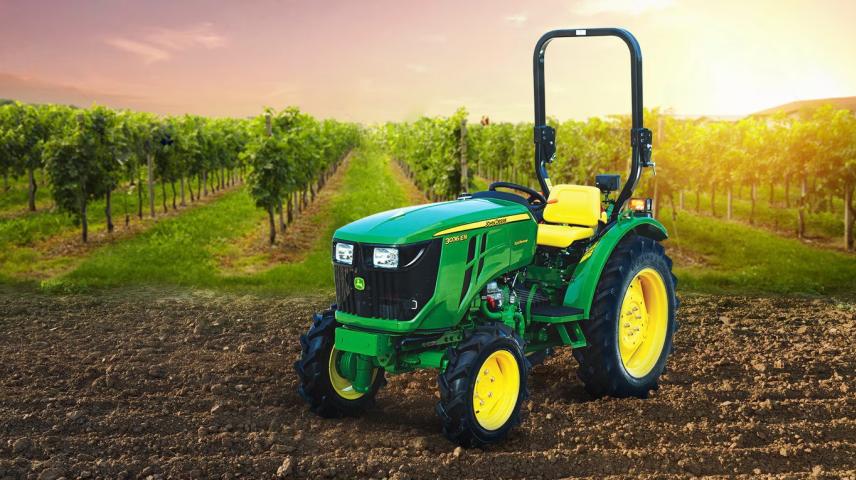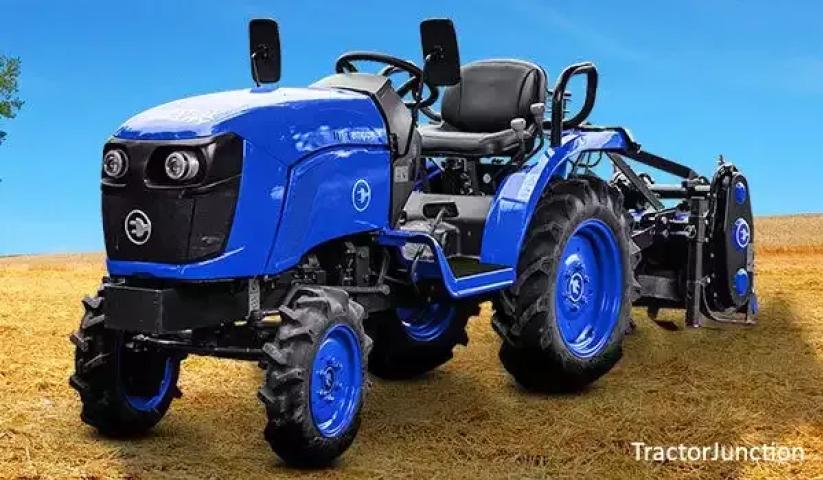Agriculture and horticulture are both essential sectors within the broader field of plant-based industries, but they encompass different practices, scopes, and goals. Although both deal with the cultivation of plants, they diverge in terms of scale, specialization, and focus areas. Understanding these differences is important for those interested in pursuing careers or educational paths in these fields, as well as for consumers seeking to understand the food production process better. This article explores the differences between agriculture and horticulture, highlighting their respective roles, practices, and importance in society.
What is Agriculture?
Agriculture is the science, art, and practice of cultivating soil, growing crops, and raising livestock for food, fiber, medicinal plants, and other products used to sustain and enhance human life. It is a broad field that encompasses a variety of sub-disciplines, including crop production, livestock farming, agroforestry, and aquaculture. The main goal of agriculture is to produce food, feed, and raw materials for human consumption, as well as for industrial use.
Agriculture is typically practiced on a large scale and involves extensive land use. It can be divided into two main categories: arable farming and livestock farming. Arable farming involves the cultivation of crops like grains, vegetables, and legumes, while livestock farming involves the breeding and rearing of animals such as cattle, pigs, and poultry.
Key Aspects of Agriculture:
- Scale: Agriculture is often practiced on a large scale, with farms ranging from small family-owned operations to large industrial farms.
- Diversity of Products: Agriculture is concerned with the production of a wide range of products, including food crops, animal products (meat, milk, eggs), fibers (cotton, wool), and biofuels (corn, soybeans).
- Land Use: Agricultural land is typically large and may cover thousands of acres, especially in commercial farming. It involves significant land modification, such as irrigation, fertilization, and mechanization.
- Technology: Agriculture often makes use of modern technology, such as large machinery (tractors, harvesters), irrigation systems, pesticides, and genetically modified crops to enhance production and efficiency.
- Focus: The primary focus of agriculture is to provide the essential products necessary to feed and sustain large populations.
What is Horticulture?
Horticulture, on the other hand, is a specialized branch of agriculture that focuses specifically on the cultivation of fruits, vegetables, nuts, seeds, herbs, sprouts, mushrooms, algae, and non-food crops such as grass, seeds, mushrooms, and ornamental trees and plants. Horticulture involves the careful management of smaller-scale agricultural practices, with a focus on growing plants for human consumption, aesthetics, and other uses like medicine.
Unlike agriculture, horticulture typically involves the cultivation of crops in smaller areas such as gardens, orchards, vineyards, or greenhouses. It includes a wide range of specialties, such as floriculture (flower cultivation), pomology (fruit cultivation), olericulture (vegetable cultivation), and landscape horticulture.
Key Aspects of Horticulture:
- Scale: Horticulture is typically practiced on a smaller scale than agriculture, focusing on smaller, more intensively managed plots of land. For example, orchards, vineyards, and home gardens fall under horticulture.
- Specialization: Horticulture is highly specialized, focusing on specific plant groups like fruits, vegetables, flowers, or ornamental plants. It also often includes the development of new plant varieties through breeding and genetic techniques.
- Land Use: The scale of land used in horticulture is smaller, and the land is often intensively cultivated with the application of careful irrigation, fertilization, and pest management techniques.
- Technology: Horticulture also uses advanced technologies such as hydroponics, greenhouses, vertical farming, and controlled-environment agriculture to maximize the production of high-value crops.
- Focus: The focus of horticulture is on producing plants for direct consumption (fruits and vegetables), as well as aesthetic or decorative purposes (landscape plants, flowers). Horticulture also focuses on improving plant quality, flavor, and appearance.
Agriculture vs Horticulture: Key Differences
While agriculture and horticulture share commonalities in their focus on plant cultivation, their differences are stark in several ways. Below are some of the most significant distinctions between the two fields:
1. Scope and Focus
- Agriculture is broad and encompasses the cultivation of food and other products on a large scale. It includes both crop production and livestock farming, making it a more diverse and multifaceted field.
- Horticulture, in contrast, is a narrower field that focuses specifically on the cultivation of edible plants (fruits, vegetables, herbs), ornamental plants, and flowers. It is centered around plant-based products with specialized practices for plant care and growth.
2. Scale of Operation
- Agriculture typically involves large-scale operations. Farms can cover vast areas, with industrialized farming practices that often rely on heavy machinery, large-scale irrigation systems, and mass production techniques.
- Horticulture, however, often takes place on a smaller scale. Gardeners, landscapers, or orchard managers typically manage horticultural practices, and the crops are often cultivated in more confined spaces, such as greenhouses or specialized fields.
3. Product Variety
- Agriculture produces a wide range of products, from crops like grains, vegetables, and fruits to livestock products such as meat, milk, and eggs. It also includes the production of non-food products like fiber (cotton, wool) and biofuels (corn for ethanol).
- Horticulture primarily focuses on plant-based products for human consumption (fruits and vegetables) and ornamental plants for decorative or landscaping purposes. It does not generally deal with livestock or large-scale crop production like in agriculture.
4. Technological Applications
- Agriculture employs heavy mechanization, including large machines like tractors, combine harvesters, and irrigation systems. It may also use genetically modified crops and agrochemicals to boost productivity on a large scale.
- Horticulture, while also benefiting from technology, tends to focus on precision techniques, including the use of controlled environments (like greenhouses), hydroponics, or aquaponics. These practices allow for the optimization of smaller-scale plant production and the growth of high-value crops.
5. Career Opportunities
- Agriculture offers diverse career paths in areas like farm management, agricultural engineering, crop science, animal husbandry, agricultural economics, and agribusiness.
- Horticulture, being more specialized, offers career opportunities in areas like landscape design, fruit and vegetable production, greenhouse management, floral design, and plant breeding.
Similarities Between Agriculture and Horticulture
Despite their differences, agriculture and horticulture share several common characteristics:
- Both fields involve the cultivation of plants: At their core, both agriculture and horticulture focus on plant growth, whether for food production, landscape enhancement, or ornamental purposes.
- Utilize similar skills and knowledge: Professionals in both agriculture and horticulture must have a strong understanding of plant biology, soil science, pest management, and environmental factors that influence plant growth.
- Support sustainable practices: Both agriculture and horticulture have seen a rise in interest in sustainable and organic practices, such as soil conservation, the reduction of chemical pesticides, and the adoption of eco-friendly farming methods.
Conclusion
Agriculture and horticulture are two distinct yet interconnected branches of plant cultivation, each playing a vital role in sustaining and enhancing human life. Agriculture is a broader field that focuses on large-scale crop and livestock production, whereas horticulture specializes in smaller-scale cultivation of high-value crops and ornamental plants. While their practices may differ, both fields are essential to feeding growing populations, enhancing landscapes, and ensuring the health of the environment. As the world continues to face challenges like climate change, population growth, and food security, both agriculture and horticulture will be crucial in shaping the future of sustainable plant production.








